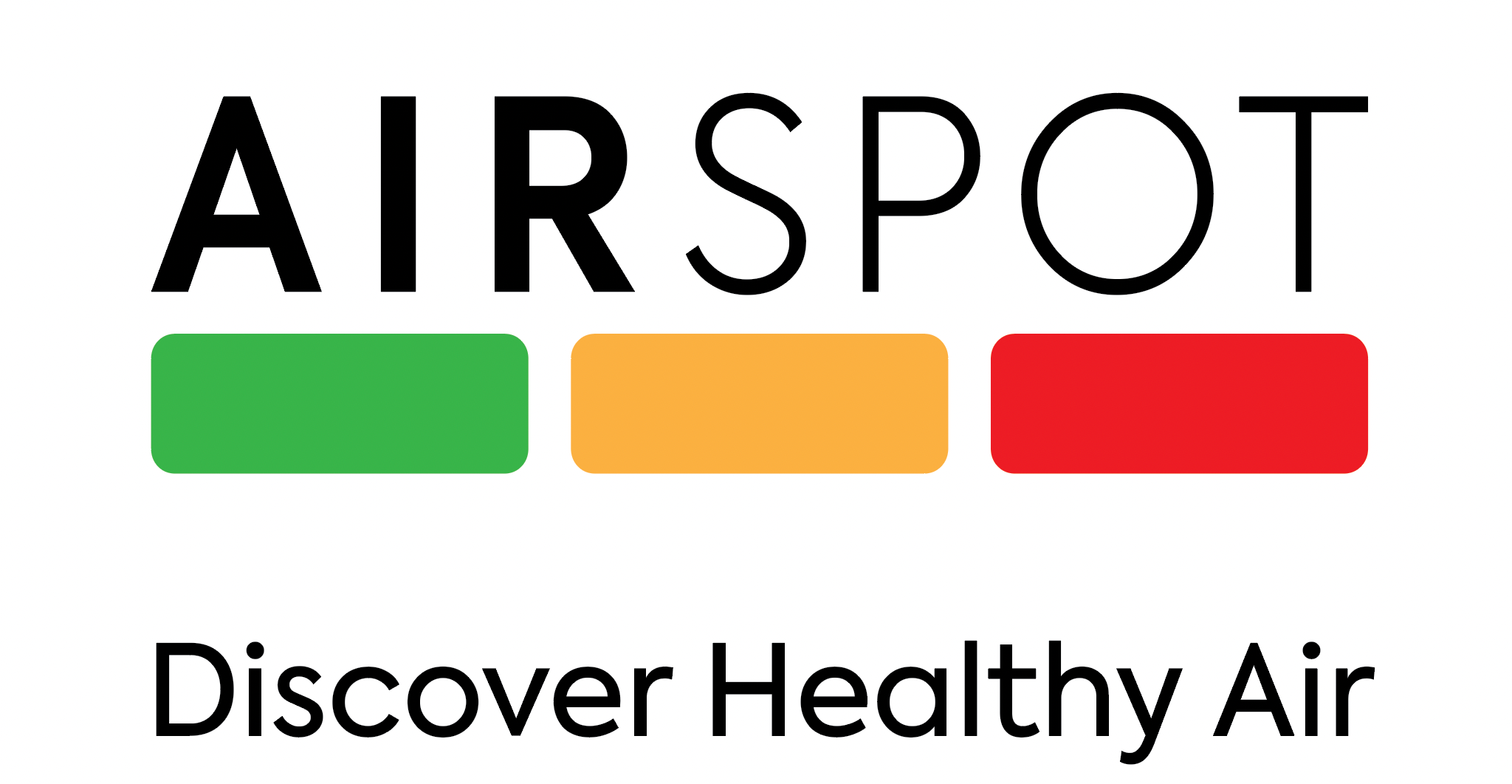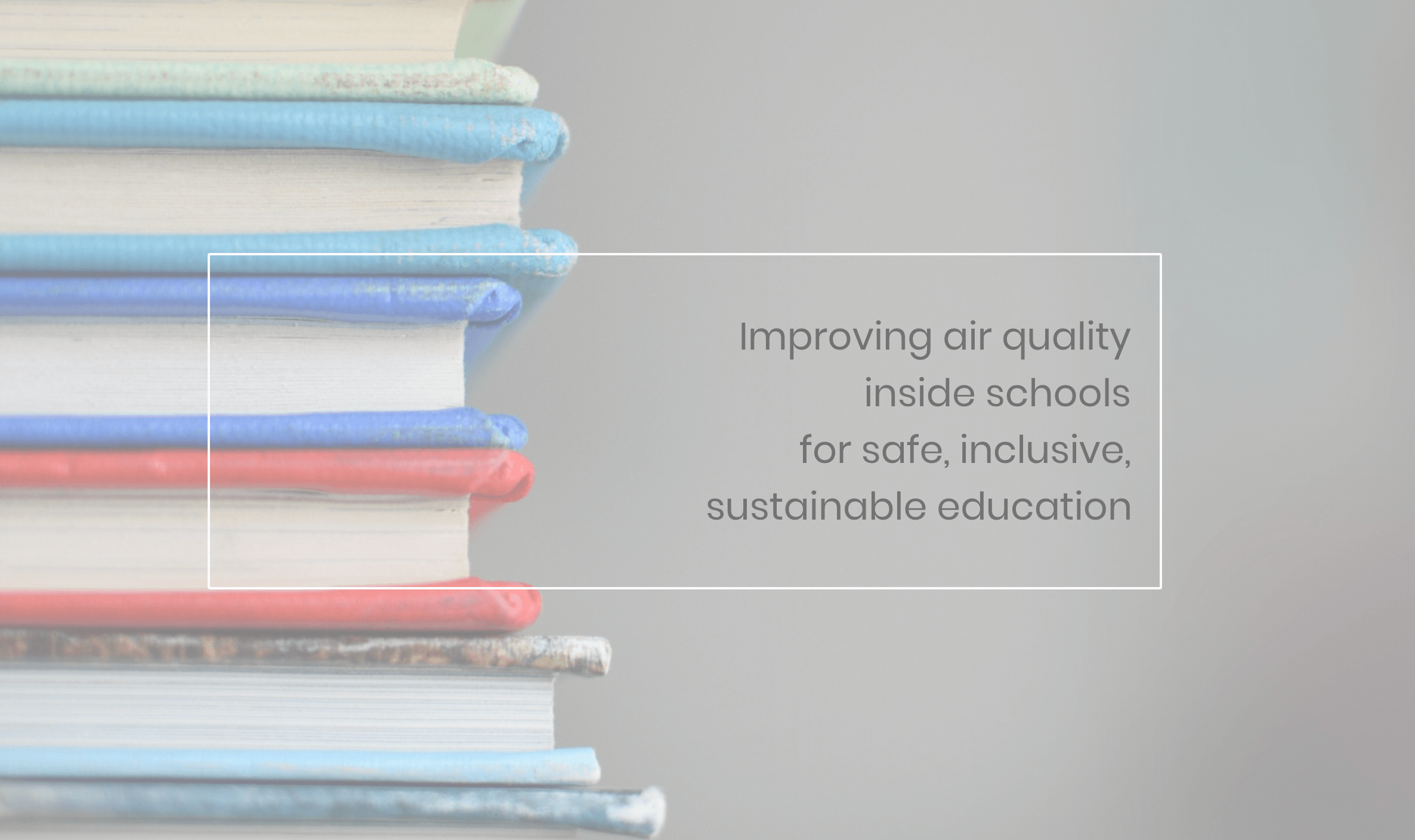Clean indoor air protects against diseases such as COVID and flu, but we’re not doing enough to ensure it.
We—and especially our children—should be able to walk into a store or a gym or a school and assume the air is clean to breathe. Like water from the faucet, regulations should ensure our air is safe.
“Air is tricky. You can choose to not partake of the water or the snacks on the table, but you can’t just abstain from breathing,” notes Gigi Gronvall, senior scholar at the Johns Hopkins Center for Health Security and an author of a 2021 report on the benefits of improving ventilation in schools.
The COVID-causing virus SARS-CoV-2 is far from the only airborne risk in schools. There are also other respiratory viruses, smoke from wildfires, mold spores, off-gassing from plastics and other compounds, air pollution from traffic and industry, and allergens that worsen asthma and add to sick days. Yet federal air standards are stuck in the 1970s, when they were mostly aimed at protecting people from secondhand tobacco smoke, says Joseph Allen, director of the Healthy Buildings Program at the Harvard T. H. Chan School of Public Health. Fully updated standards for buildings are years or even decades away.
It’s hard to assess just what schools have or haven’t done to improve indoor air quality. No one—not one federal agency—collects nationwide air quality data on individual schools. Schools could use federal money to update air filtration and ventilation during the height of the pandemic. But a 2022 Centers for Disease Control and Prevention survey of school districts found that only half had taken simple steps such as opening windows or doors or using fans, and even fewer had upgraded ventilation systems.
The benefits go beyond protecting children and adults alike from airborne disease spread. “Better ventilation is linked with better test scores and grades [and] better workplace performance,” Allen said at a July meeting about air quality held by the Bipartisan Commission on Biodefense, a U.S. think tank.
“We have made incredible gains related to food safety, sanitation and water quality. Where is air quality in this?” he asked. “We have ignored it.” The CDC and the Food and Drug Administration quickly warn people about listeria in sliced meat or lead in cinnamon, but no one’s checking the air in public buildings for disease-causing germs.
It’s not even hard to make sure indoor air is clean. Even in the 1800s, by having open doors and windows, tuberculosis sanatoriums prevented the spread of disease by air. The CDC has extensive guidelines on what’s known as air exchange, but ultimately, it’s a matter of moving contaminated air out and fresh air in.
Read the whole article in this link: https://www.scientificamerican.com/article/kids-are-headed-back-to-school-are-they-breathing-clean-air/





